Five things you probably never knew about gin, in honour of 'International Gin and Tonic Day'
Yes, it's one of those silly theme days again. But who's going to complain when it gives us all a chance to talk about gin?
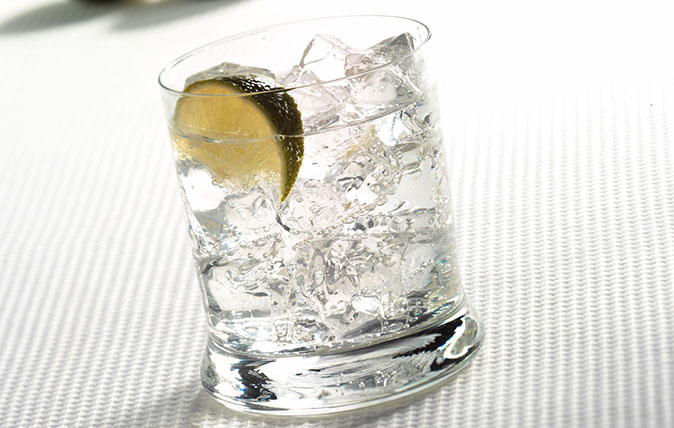

You need look no further than our recent article on 'National Cake Week' to discern our general thoughts about the 'themed' days and weeks invented by PR and marketing types.
It's worth a look (mainly because the page includes a ludicrously indulgent chocolate cake recipe). But if you're pushed for time, and only came here for the gin, here's a brief summary: theme days are absurd, but if you can't beat 'em, enjoy 'em.
And so in that spirit we're prepared to honour October 19 – aka 'International Gin and Tonic Day' – with the following nuggets of gin-related wisdom, collated by us at Country Life with some help from Johnny Neill of Whitley Neill Gin.
Gin was invented in London
The Flemish forerunner, genever (or jenever) was first recorded across the North Sea in the 13th century, but gin as we know it was an English invention of the late 17th century. William of Orange's ascent to the English throne sparked a fad for all things Dutch, and gin was essentially a cheap, local version of genever.
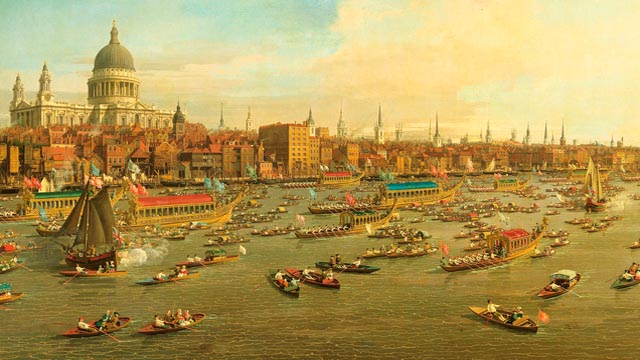
The juniper berry isn't actually a berry
It's a sort of fleshy conifer seed that merely looks like a fruit, and it's the main taste component of gin. Anise, lime peel, saffron, baobab, coriander and frankincense are the other common flavourings added these days.
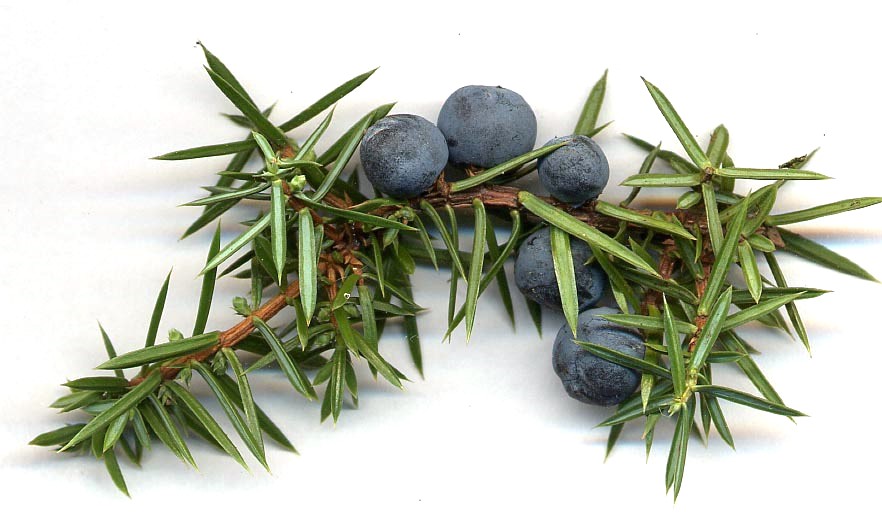
Making your own gin is perfectly possible
Not exactly easy, but perfectly possible – most gin is made from a neutral grain spirit infused over time with juniper and other bits and bobs – or 'botanicals' as they're generally called in the gin world. Here's our in-depth DIY guide.
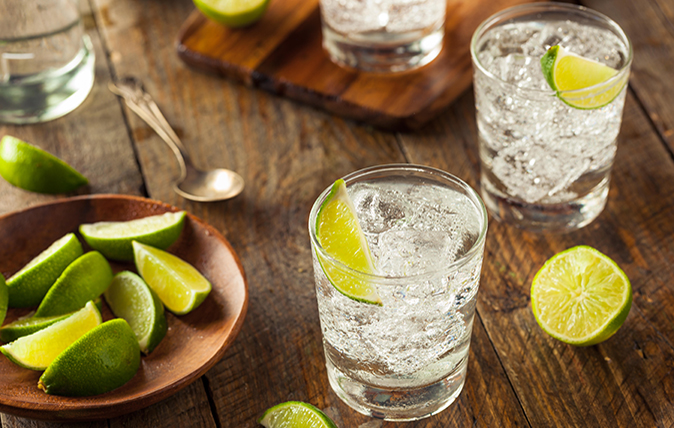
Story continues below...
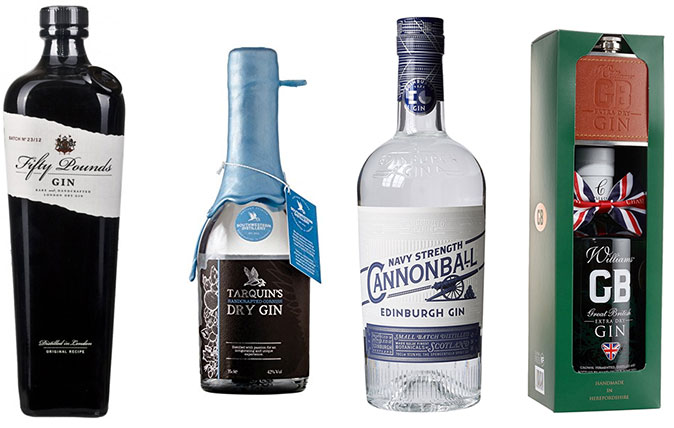
The best gins to drink this summer, as chosen by Country Life
Country Life's gin awards last year named the greatest gins available in Britain right now. So if you're looking to
Sign up for the Country Life Newsletter
Exquisite houses, the beauty of Nature, and how to get the most from your life, straight to your inbox.
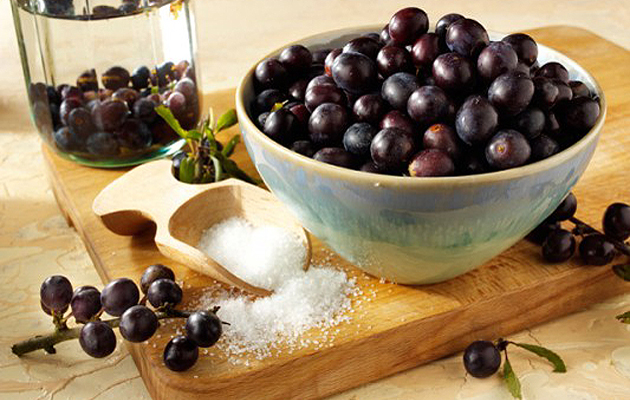
How to make perfect sloe gin
Follow our perfect sloe gin recipe to make the best sloe gin in preparation for your local opening meet.
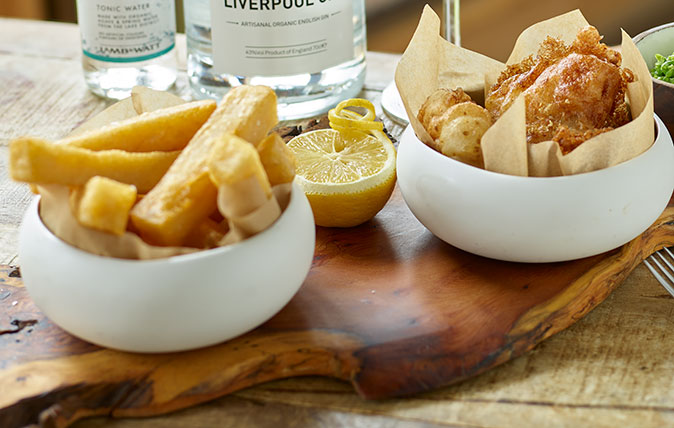
How to make gin and tonic-infused fish and chips
People have been going crazy for novel gin-related recipes this year – but this one for gin-infused fish and chips really
We love gin in Britain, but they really love gin in the Philippines
It's the world's biggest gin market, accounting for over 40% of global consumption. Brits bought 40 million bottles of gin in 2016; Filipinos bought nearly 250 million bottles, most of which was the Ginebra San Miguel brand

And finally... when juniper wasn't available, gin distillers used turpentine and sulphuric acid for flavouring
Not a nice thought. No wonder Hogarth was appalled at what it was doing to people at the height of London's gin craze in the 1730s and 1740s. Give thanks that you live in the 21st century.
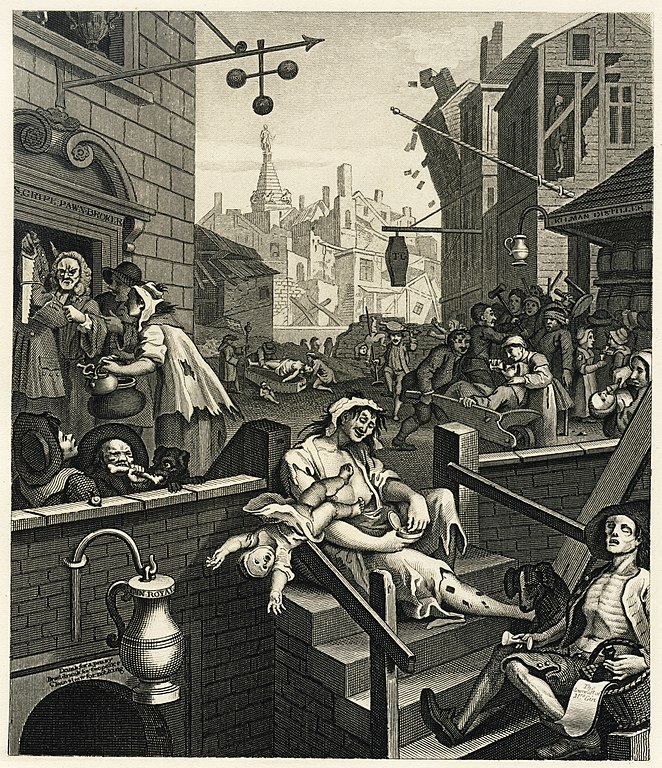
Country Life is unlike any other magazine: the only glossy weekly on the newsstand and the only magazine that has been guest-edited by HRH The King not once, but twice. It is a celebration of modern rural life and all its diverse joys and pleasures — that was first published in Queen Victoria's Diamond Jubilee year. Our eclectic mixture of witty and informative content — from the most up-to-date property news and commentary and a coveted glimpse inside some of the UK's best houses and gardens, to gardening, the arts and interior design, written by experts in their field — still cannot be found in print or online, anywhere else.
-
 Two quick and easy seasonal asparagus recipes to try this Easter Weekend
Two quick and easy seasonal asparagus recipes to try this Easter WeekendAsparagus has royal roots — it was once a favourite of Madame de Pompadour.
By Melanie Johnson
-
 Sip tea and laugh at your neighbours in this seaside Norfolk home with a watchtower
Sip tea and laugh at your neighbours in this seaside Norfolk home with a watchtowerOn Cliff Hill in Gorleston, one home is taller than all the others. It could be yours.
By James Fisher
-
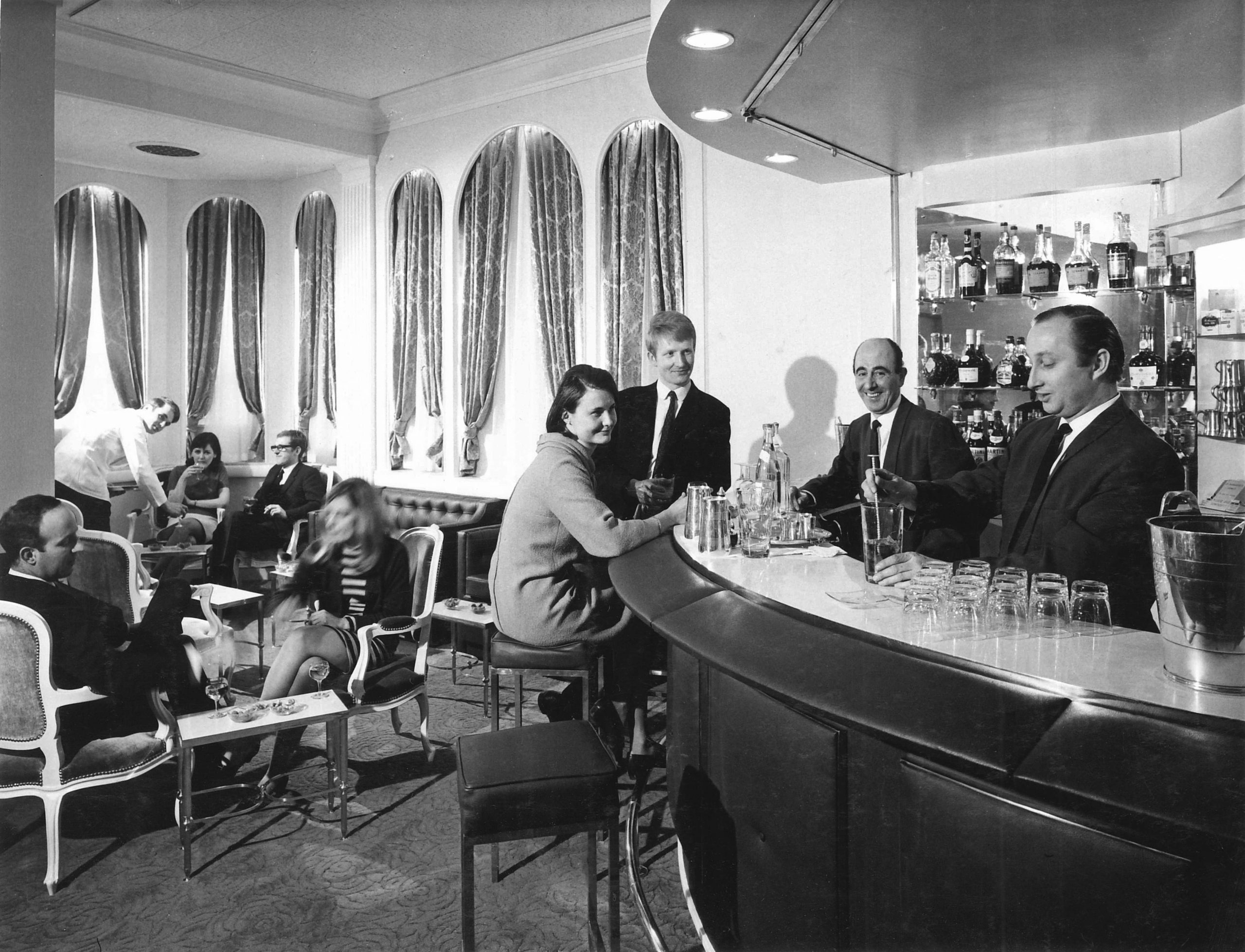 The iconic American bars in London perfect for lifting a Thanksgiving cocktail
The iconic American bars in London perfect for lifting a Thanksgiving cocktailGlamorous American bars were once a familiar sight in London, catering to US and British citizens alike, but only two of the historic ones remain. On the eve of Thanksgiving, Robert Crossan goes in search of both.
By Rob Crossan
-
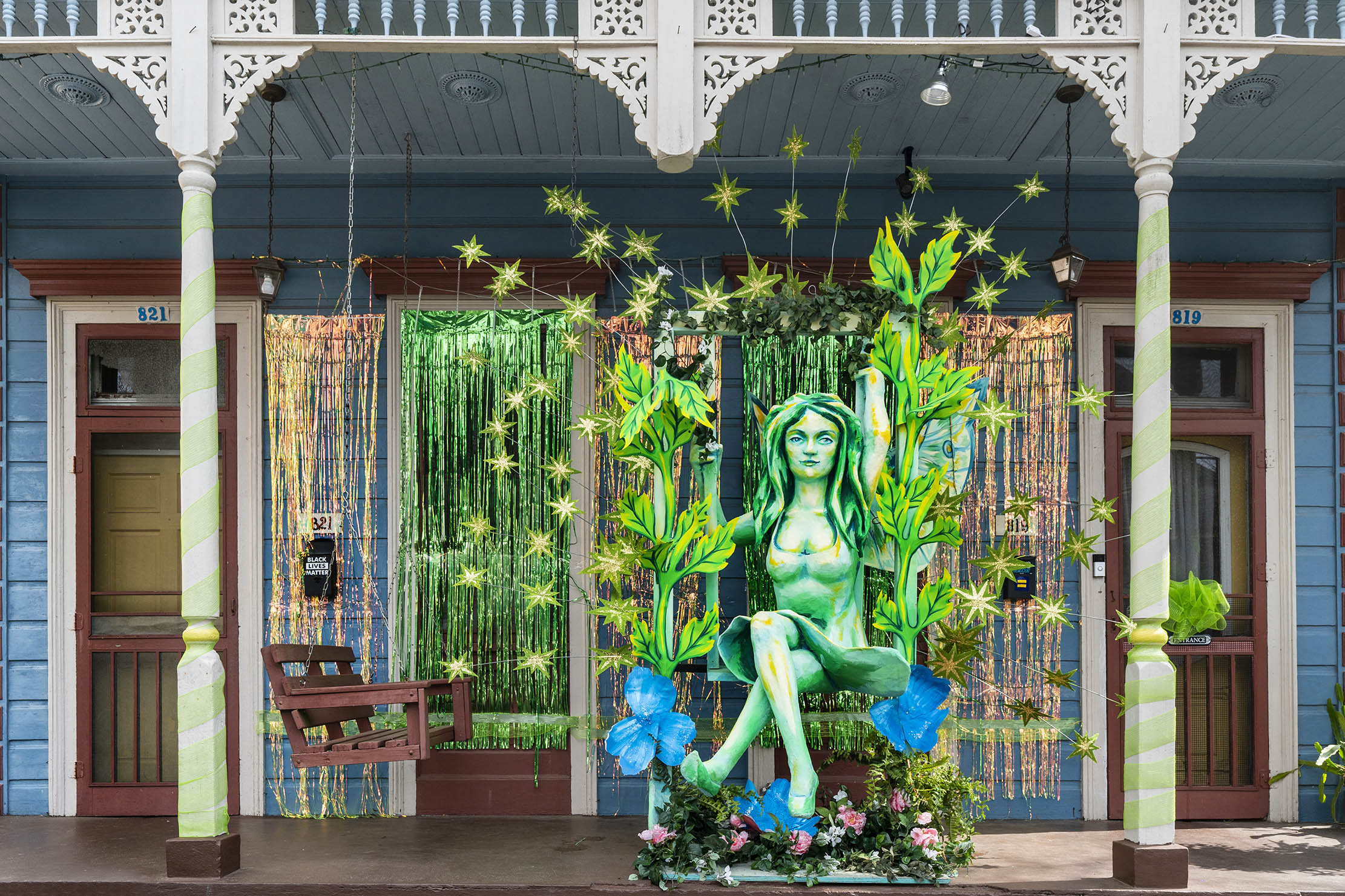 Curious Questions: Why was absinthe banned?
Curious Questions: Why was absinthe banned?Absinthe is almost unique among alcoholic spirits for having been outlawed in even some of the world's most liberal countries — but how did that happen? Martin Fone traces back the story to find the tales of debauchery, hallucination and even murder that once gave the drink its bad name — and looks at how it's returned to prominence.
By Martin Fone
-
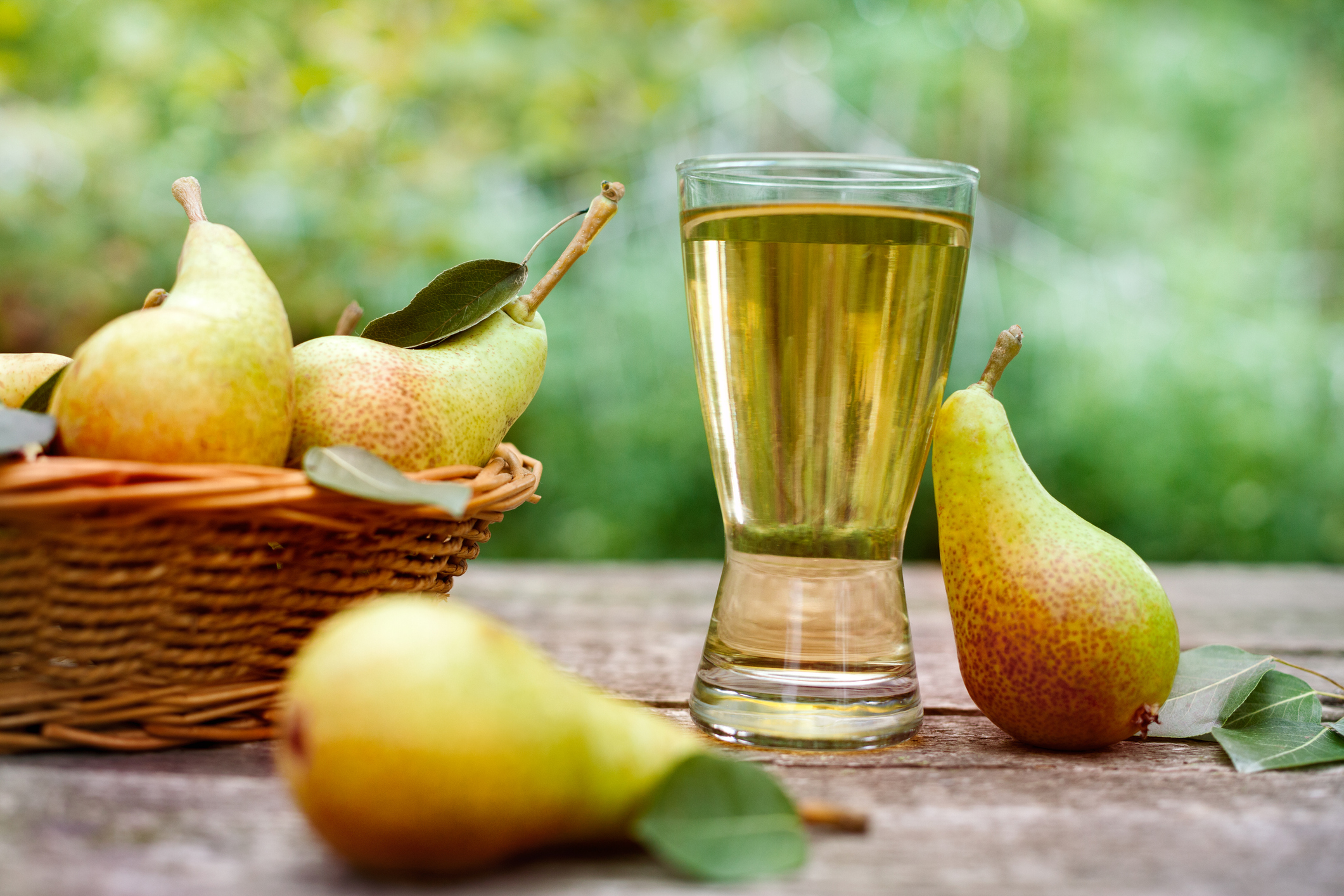 Perry: The pear cider dubbed 'the English champagne' that's been an English passion for centuries
Perry: The pear cider dubbed 'the English champagne' that's been an English passion for centuriesNot to be confused with cider, the art of perry-making is more than a craft — it’s an English passion. Ben Lerwill meets some of our best producers of fermented pear juice.
By Ben Lerwill
-
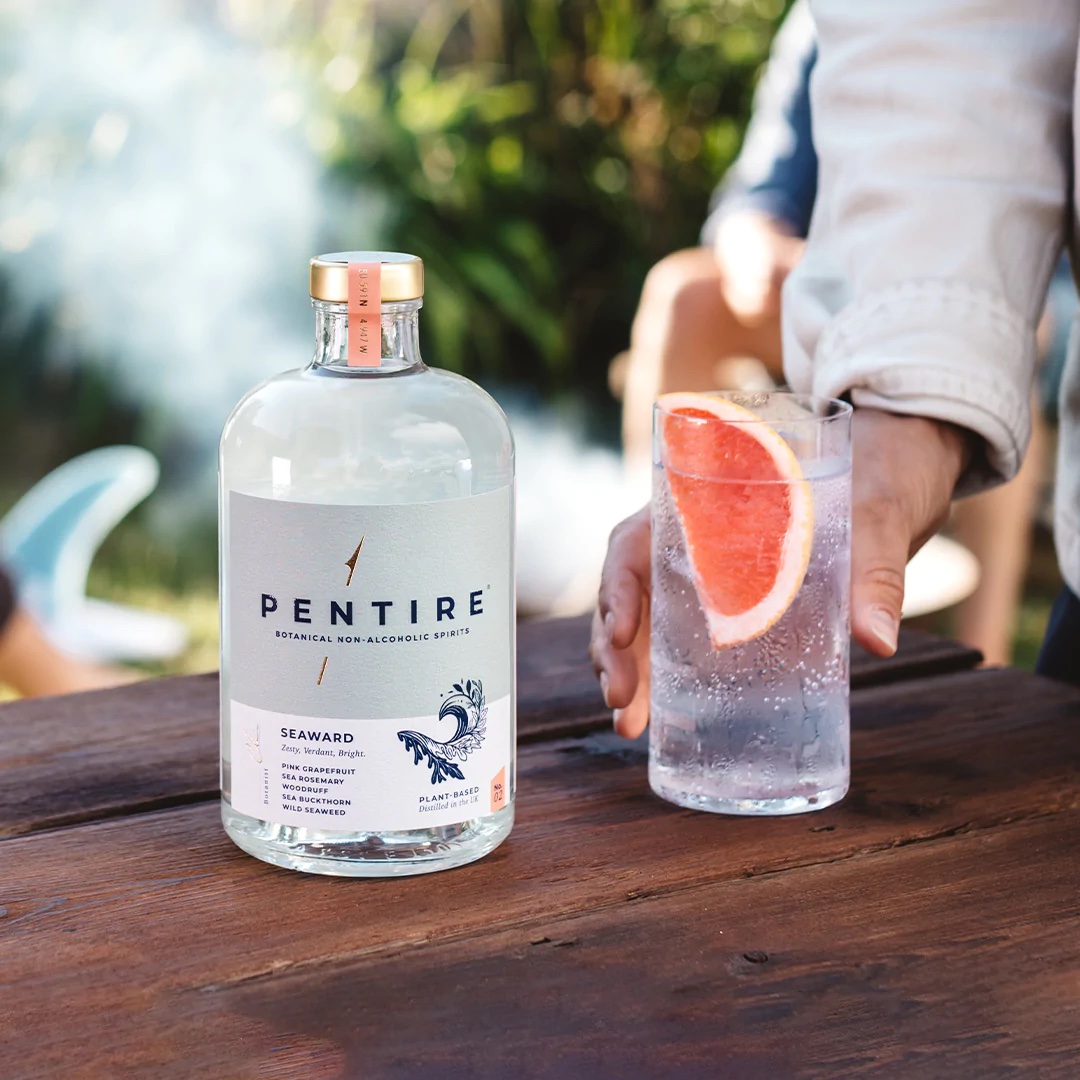 Seven of the best non-alcoholic spirits to help get you through Dry January
Seven of the best non-alcoholic spirits to help get you through Dry JanuaryWhether you’re doing it for health reasons or simply for a New Year’s challenge, giving up alcohol isn’t necessarily all that easy. To help you on your way, the Country Life office put a variety of non-alcoholic spirits to the test. Here’s what we found.
By Rosie Paterson
-
 Hangover cures from some of Britain's greatest writers
Hangover cures from some of Britain's greatest writersFrom Hemingway to Wodehouse, we reveal the hangover remedies of literary greats.
By Emma Hughes
-
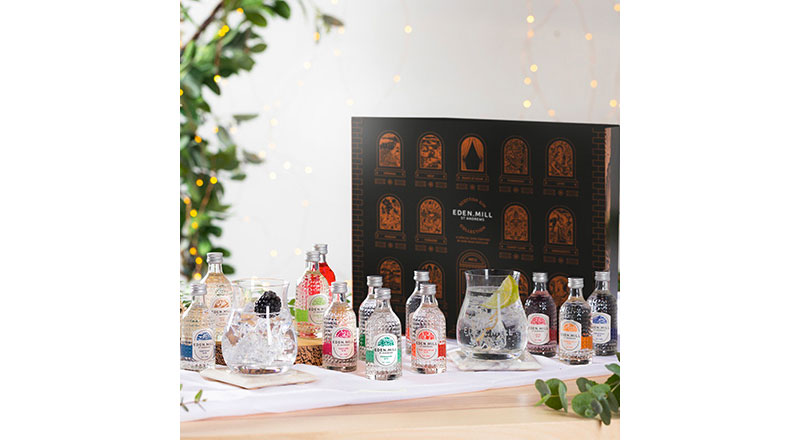 Christmas drinks gift guide: Best gin, best whisky, beer and more for the festive season
Christmas drinks gift guide: Best gin, best whisky, beer and more for the festive seasonWhether you're keen to pour your own draft beer, drink Cotswolds whisky or enjoy a raft of different gins, we've got you covered.
By Toby Keel
-
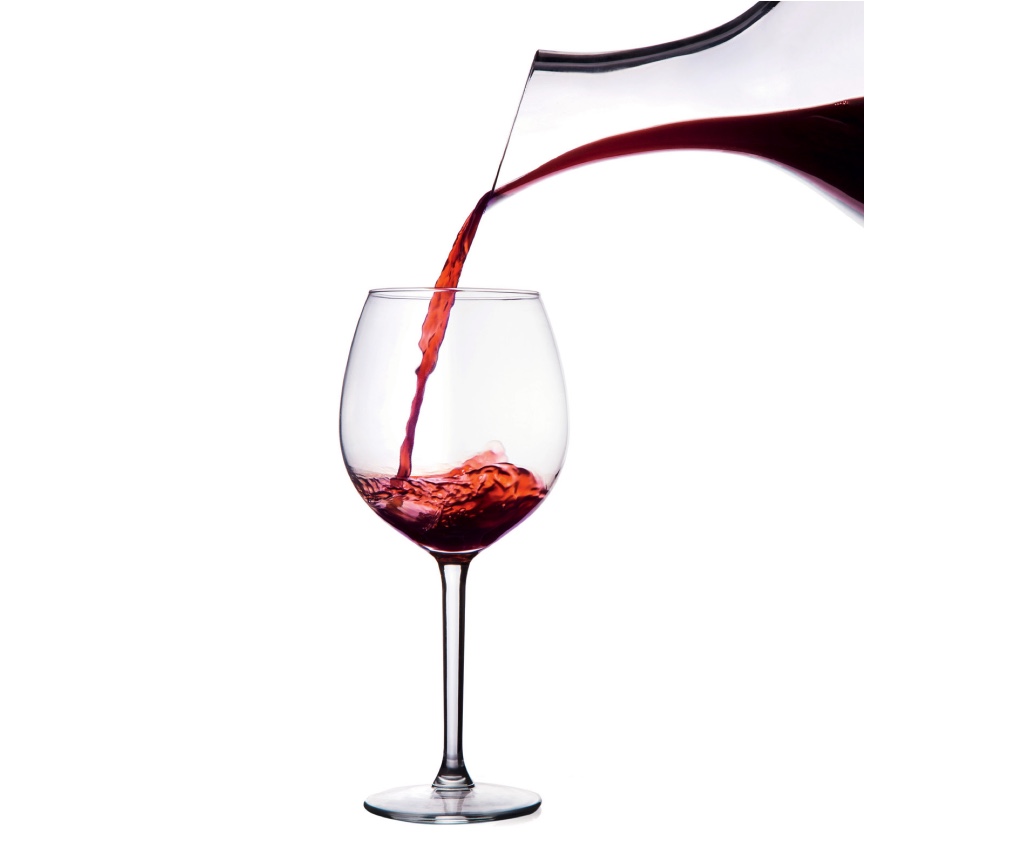 How to decant wine — and why
How to decant wine — and whyIs your decanter gathering dust at the back of a cupboard? If so, says Harry Eyres, it’s high time you started using it to breathe more life into your wine.
By Harry Eyres
-
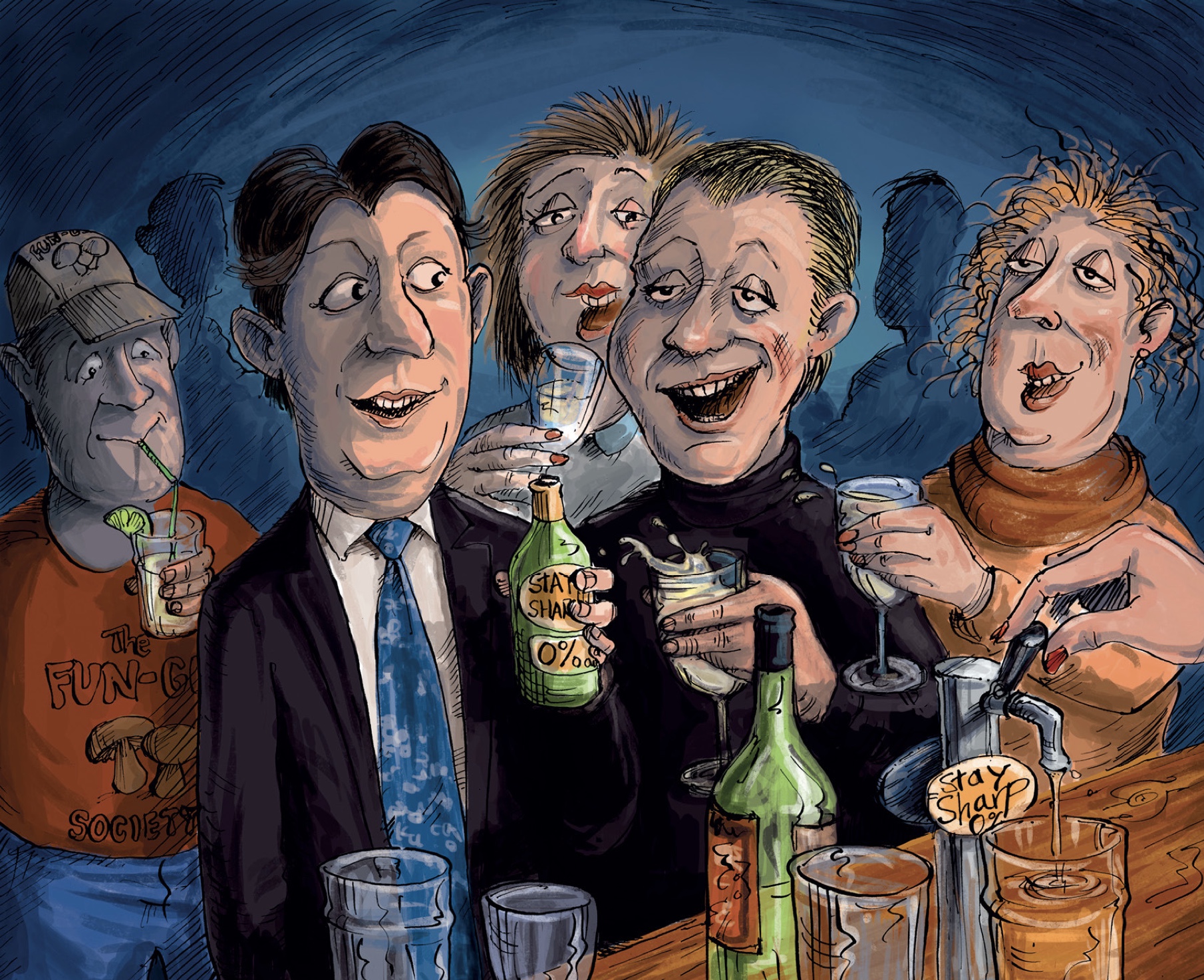 Curious Questions: What is it REALLY like giving up alcohol for a lifelong lover of fine wine?
Curious Questions: What is it REALLY like giving up alcohol for a lifelong lover of fine wine?Sobriety is easier and more interesting than it used to be, finds Giles Kime, who has spent the past year exploring the unanticipated delights of alcohol-free beer.
By Giles Kime